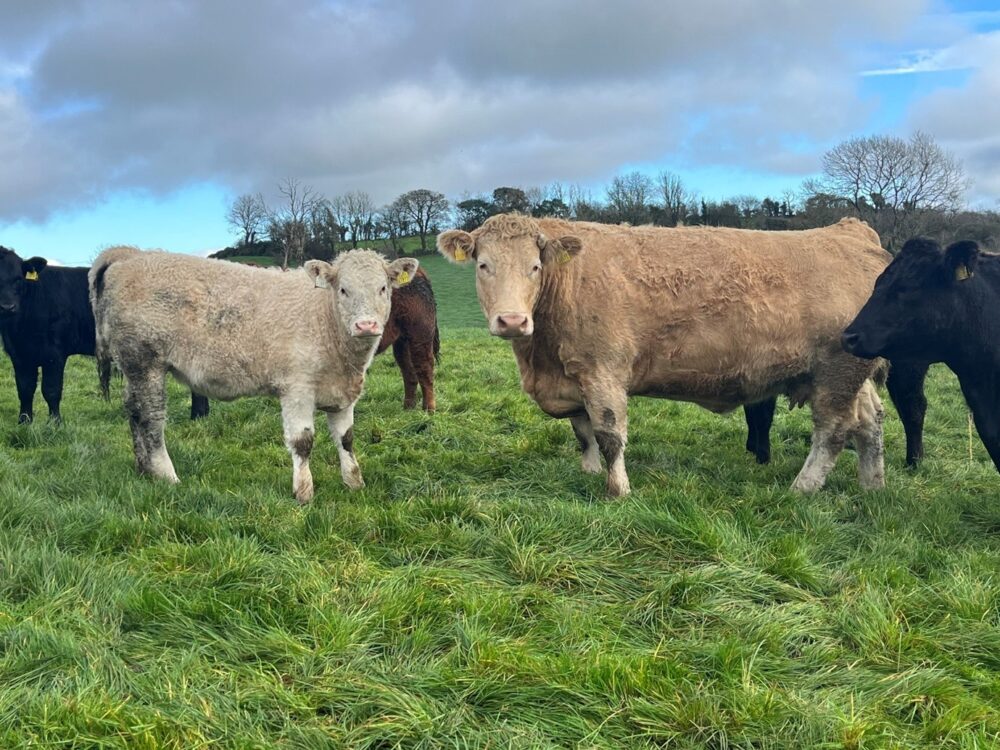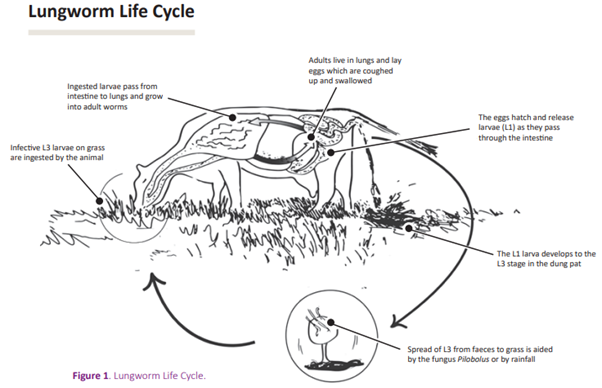Media
- Future Beef labour saving series
- Wesley is one of the featured farmers
- Watch video where he demonstrates clipex fencing on the farm
Wesley recently featured in the new Future Beef labour saving series. series, featuring Future Beef farmers from across the country, showcases simple, effective measures that can help farmers improve efficiency, reduce workload, and enhance safety on beef farms.
Watch the video below where Wesley discusses and demonstrates the Clipex fencing that he is now using on his farm.
The weanlings were given an Animec (ivermectin) injection on 1st September which treated them for lung worms, stomach worms and lice.
They will be dosed with Albex at housing which will treat them for lungworms, stomach worms, tape worms and adult liver fluke. Wesley will also clip their backs and treat them for lice if required. Liver fluke and rumen fluke aren’t particular issues on the farm, but a follow up faecal egg sample will be taken from the weanlings in early January to ensure that there is no burden and to check that the Albex dose was effective.

Figure 1: A cow and calf pair at grass that will be housed by 1st November
Last year Wesley dosed the weanlings with Animec, followed by Albex and then had to dose again with Animec Super. The weanlings, particularly the bulls, continued to cough in the shed and Wesley was concerned that the lung worms were not treated properly in them. His vet ruled out pneumonia, although it could have been a respiratory disease that did not progress to pneumonia. However he found that they were fine after the Animec super treatment. Both products are from the same family of macrocyclic lactones, but each has a different active ingredient of ivermectin and clorsulon respectively.
The figure below outlines the lungworm life cycle;

Figure 2: The lungworm life cycle (Source: Animal Health Ireland)
Wesley took silage samples from the farm in October.
The highest sample back showed a DMD of 75.5% with 14.9% crude protein at 30.07% dry matter. Wesley was a little disappointed with the ash content of 9.27% as the target is less than 8.6%, and with the NDF figure of 46.52% as the target is less than 45%.Second and subsequent silage is cut on the farm after 30 days of a growing period so he expected the NDF to be much lower as it is an indication of the stem in the sward. However it is still expected that cattle will perform very well on it over winter. The other 2 samples taken averaged 75% DMD with 14.5% at 38% dry matter.

Figure 3: Silage sample results
The weanlings will be fed 3kg of ration/head/day along with the silage and the bulls will be built up to 10kg/head/day by mid-January. Wesley is feeding the cattle through the diet feeder and he estimates that 1 bale plus 700kg of ration will last 35 bulls for 2 days when they are on 10kg each/day.
Wesley also made some poorer quality silage to feed to the dry cows. It came in from 62.5% to 66.1% DMD with 10.3% to 14.4% crude protein at 23.4% to 53.3% dry matter.

Figure 4: Dry cows will be fed poorer quality silage to avoid being over-conditioned over winter